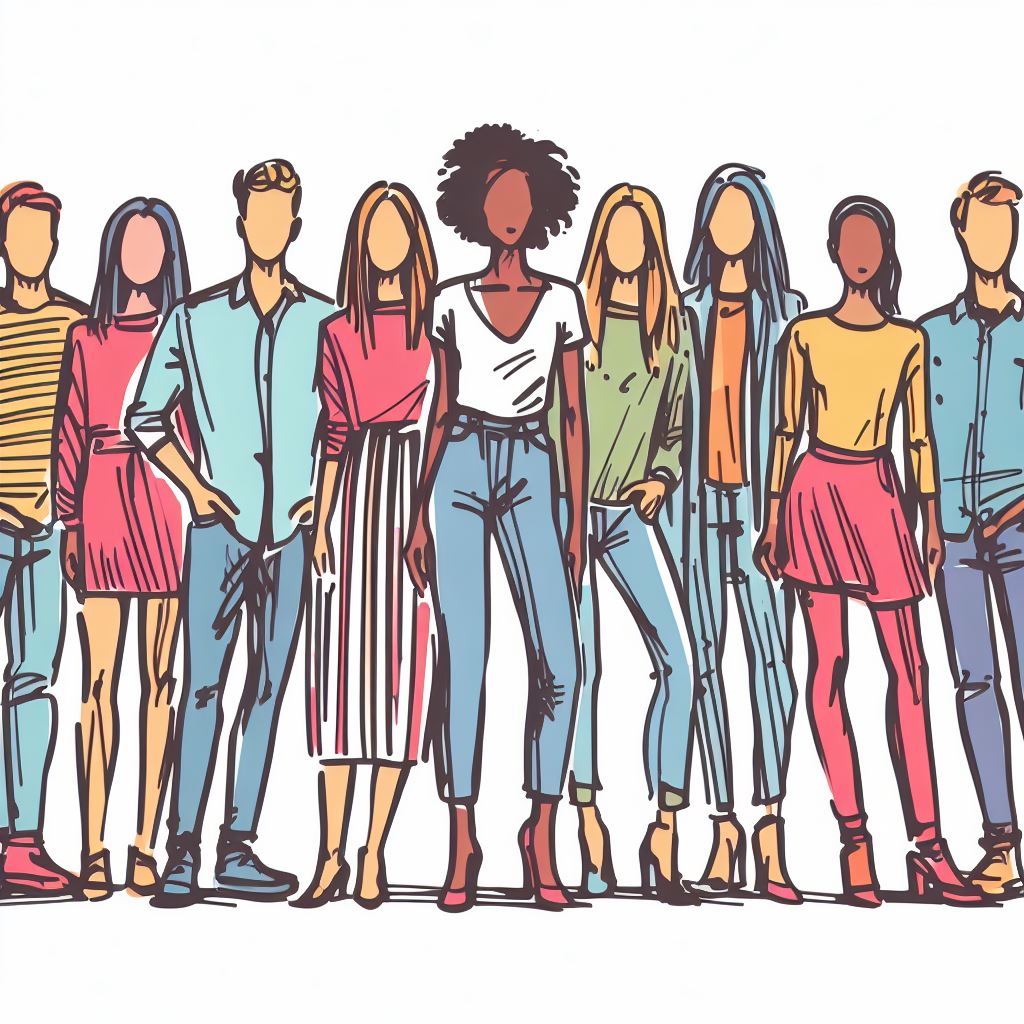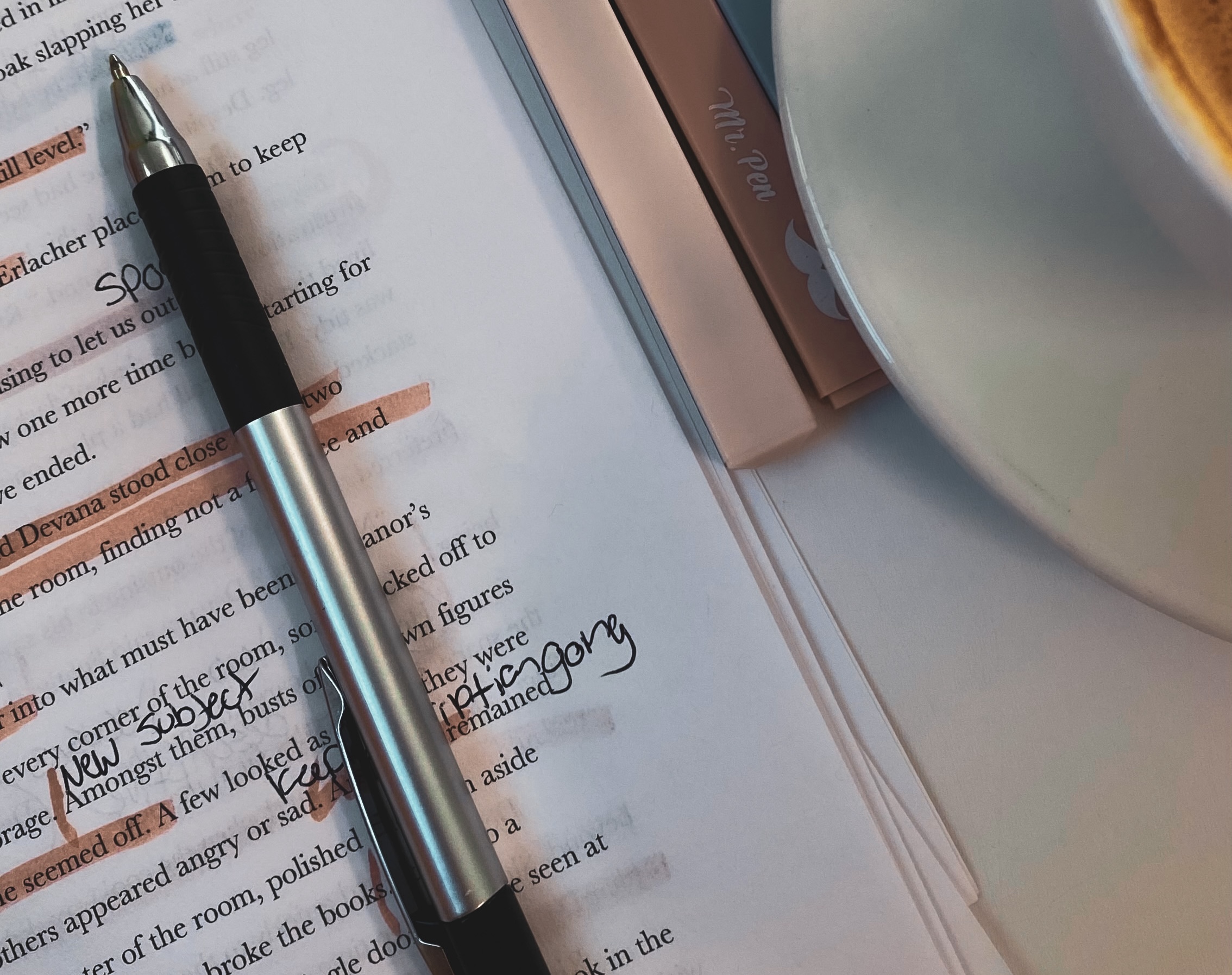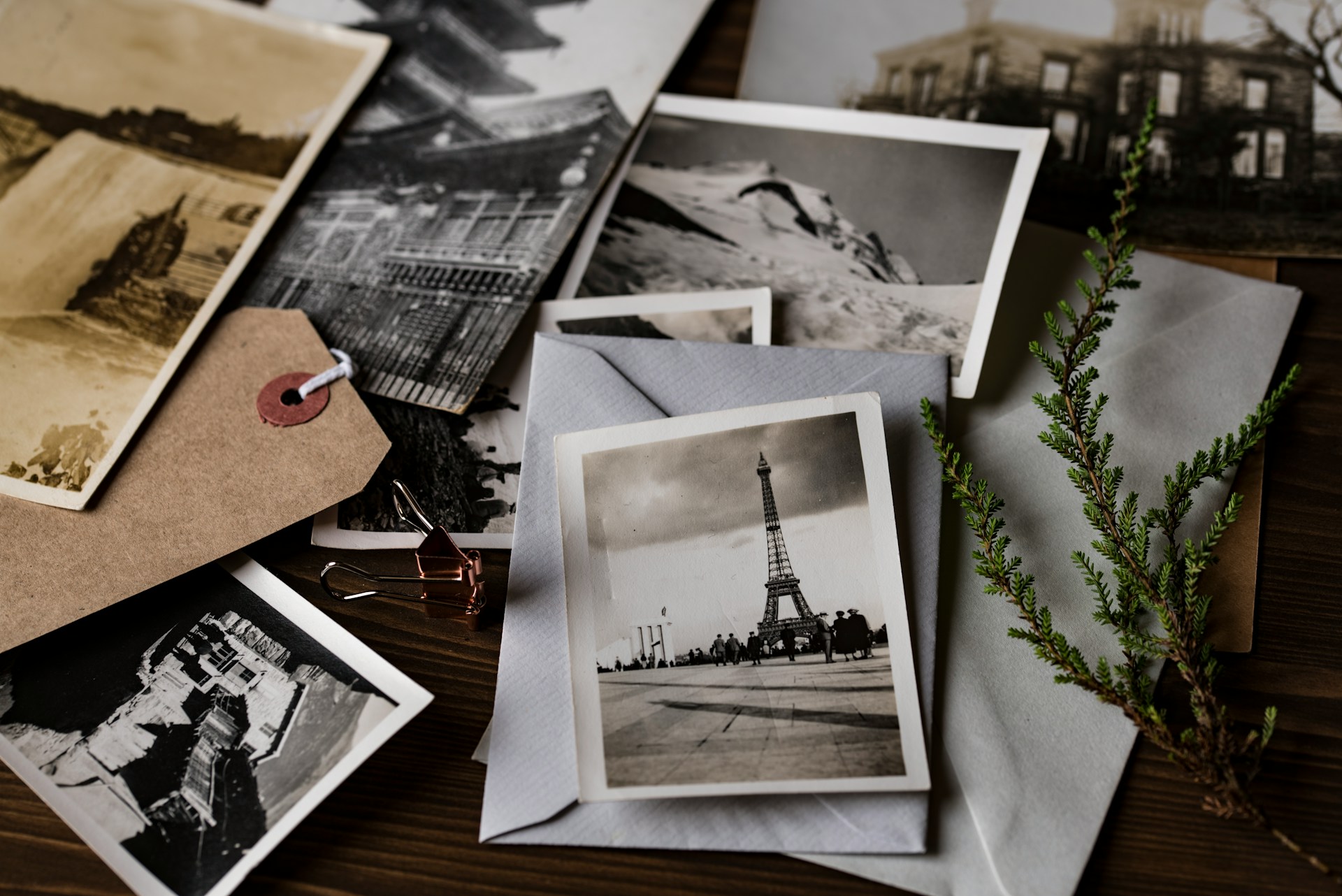Body image is a term we hear often, but what does it truly mean? It’s how we perceive our physical selves, and it significantly impacts our mental and physical health. Developing a positive body image is crucial, not just for self-esteem, but for overall wellbeing.
In this article, we’ll explore what body image is, why it matters, and practical steps you can take to cultivate a healthier relationship with your body. From understanding the influence of media to learning mindfulness techniques, we’ll cover a range of strategies to help you view yourself in a more positive light.
Understanding Body Image
What is Body Image?
Body image is the mental representation we have of our physical selves. It’s not just about how we look in the mirror, but how we feel about our appearance. This perception encompasses thoughts, feelings, and beliefs about our body shape, size, and overall appearance. It’s a complex construct influenced by a variety of factors, including societal norms, personal experiences, and media exposure.
Factors Influencing Body Image
Our body image is shaped by a myriad of influences. Social media, with its constant stream of images, sets unrealistic standards that can skew our self-perception. Cultural standards play a significant role, dictating what is considered ‘beautiful’ or ‘acceptable.’ Personal experiences, like comments from others or specific life events, also leave a lasting impact on how we view our bodies.
Psychological Impact
A negative body image can lead to serious psychological issues, including depression, anxiety, and low self-esteem. It can also lead to unhealthy behaviors like disordered eating or excessive exercise. Understanding the importance of a positive body image is the first step towards improving our overall wellbeing.
The Media and Body Image
Portrayal of Body Standards
The media often promotes a narrow definition of beauty, focusing on specific body types and appearances. This portrayal can create unrealistic expectations, making it difficult for many to accept their natural body shape and size.
Role of Social Media
Social media intensifies these challenges. Platforms like Instagram and TikTok bombard us with images that often represent a filtered, edited version of reality. This can exacerbate feelings of inadequacy and lead to a distorted perception of what’s normal or desirable.
Strategies for Media Consumption
It’s crucial to approach media critically. This means recognizing that what we see online is often not an accurate representation of reality. Limiting exposure to certain types of media, and following diverse, body-positive accounts can help mitigate negative impacts on body image.
The Science of Body Image
Genetics and Biology
Our body shape and size are largely determined by genetics. Understanding that many aspects of our appearance are biologically predetermined can help in accepting our bodies as they are. It’s important to recognize the diversity in body types and to appreciate that there isn’t a one-size-fits-all standard.
Psychological Aspects
Body image isn’t just about external appearance; it’s deeply rooted in psychology. How we think and feel about our bodies is often a reflection of our overall mental health. Body dissatisfaction can stem from deeper psychological issues that need to be addressed.
Debunking Myths
There are many myths about ideal body types that need to be debunked. For instance, the idea that a certain weight or body shape is indicative of health is misleading. Health comes in all sizes, and it’s important to focus on how you feel, rather than just how you look.

Nurturing a Positive Body Image
Practical Tips
Improving body image starts with changing the way we think and talk about our bodies. Practicing self-affirmation can be a powerful tool. Regularly acknowledging and appreciating what your body can do, rather than how it looks, shifts the focus from appearance to functionality.
Mindful Eating and Exercise
Developing a positive body image isn’t just about changing thoughts; it’s also about actions. Mindful eating and regular exercise can improve body confidence. This doesn’t mean strict diets or rigorous workout regimes, but rather listening to your body’s needs and responding in a caring, non-punitive way.
Mindfulness and Body Image
Benefits of Mindfulness
Mindfulness involves being present and fully engaged with the current moment. When applied to body image, it can help break the cycle of negative self-talk and body dissatisfaction. Mindfulness teaches us to observe our thoughts and feelings without judgment, creating a more compassionate relationship with our bodies.
Mindfulness Exercises
Simple mindfulness exercises, like focused breathing or body scans, can be incorporated into daily life. These practices help in developing a deeper awareness of the body, leading to greater acceptance and appreciation.
Changing Perceptions
Mindfulness can transform the way we perceive our bodies. By learning to view our physical selves without judgment, we start to dismantle the negative beliefs that contribute to poor body image. It’s a journey towards embracing our bodies as they are, with kindness and respect.
Building a Supportive Environment
A positive body image isn’t developed in isolation. The people we surround ourselves with play a crucial role in how we perceive ourselves. Choosing to spend time with those who uplift and support you, rather than criticize or judge, can significantly improve your body image. It’s about creating a network of positivity that encourages self-acceptance.
Seeking and Providing Support
It’s important to actively seek out environments and communities that reinforce positive messages about body diversity and self-acceptance. Online communities, support groups, or even friends who share your journey towards body positivity can be invaluable. Remember, it’s equally important to offer support to others, creating a mutually nurturing environment.
Setting Boundaries
Setting boundaries with people or media sources that perpetuate negative body image is essential. This might mean having honest conversations with friends or family about the kind of support you need, or unfollowing social media accounts that trigger negative thoughts about your body.
Overcoming Challenges and Setbacks
Recognizing Challenges
Developing a better body image is a journey filled with ups and downs. Common challenges include negative self-talk, comparison with others, and societal pressures. Recognizing these challenges is the first step in addressing them.
Coping Strategies
To cope with these challenges, it’s important to develop a set of tools and strategies. This can include mindfulness practices, seeking support from friends or professionals, and actively challenging negative thoughts. Remember, it’s okay to seek professional help if you’re struggling with body image issues.
Embracing Imperfections
Learning to embrace your imperfections is a crucial part of this journey. Understanding that setbacks are a normal part of growth can help in maintaining a positive trajectory towards better body image. Every setback is an opportunity to learn and grow.
Throughout this article, we’ve explored various facets of body image, from its definition and influences to practical strategies for improvement. Developing a positive body image is a multifaceted process involving self-awareness, mindfulness, and a supportive environment.
Remember, this journey is unique for everyone and requires patience and persistence. By embracing the principles discussed here, you can start to see yourself in a new, more positive light.
















